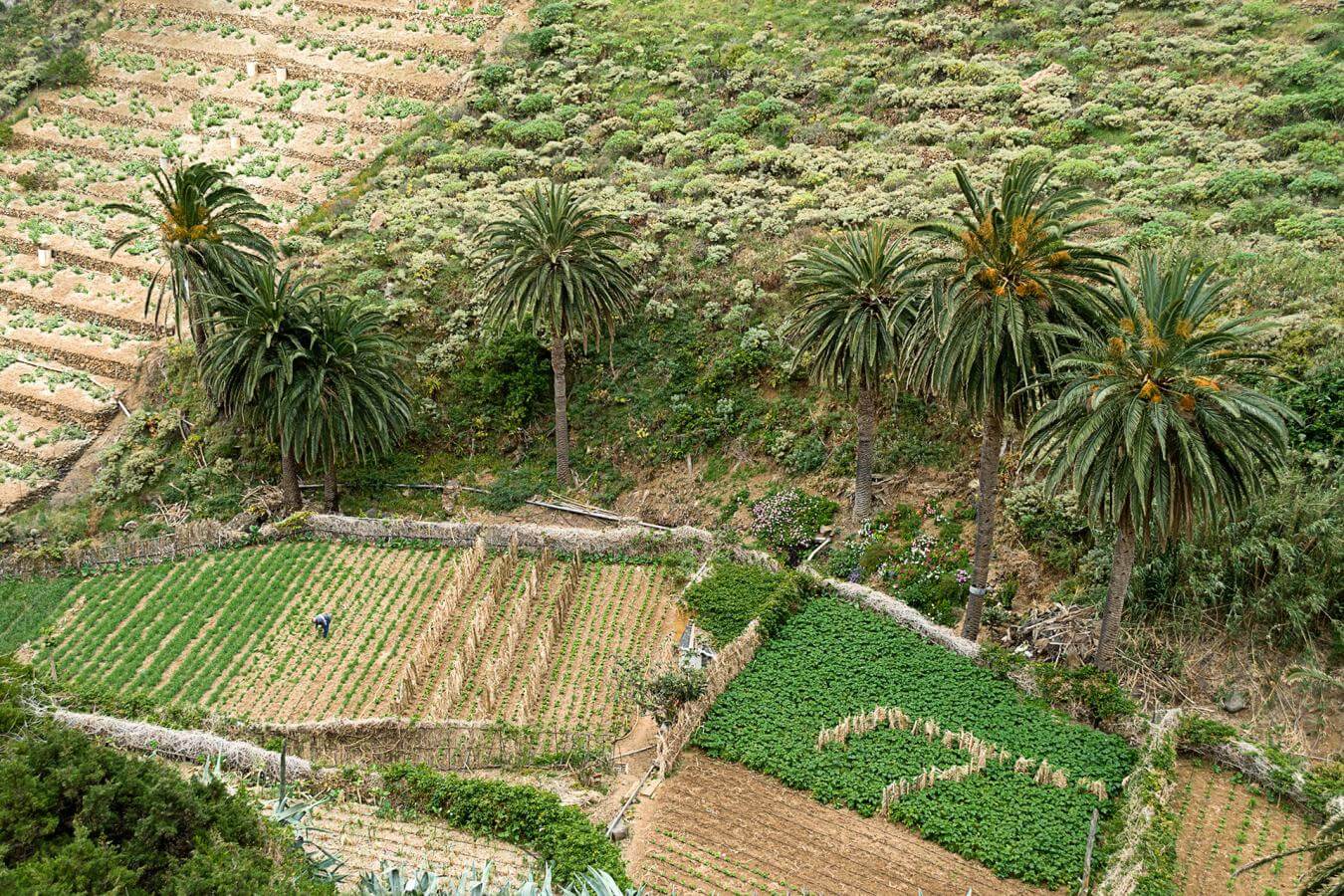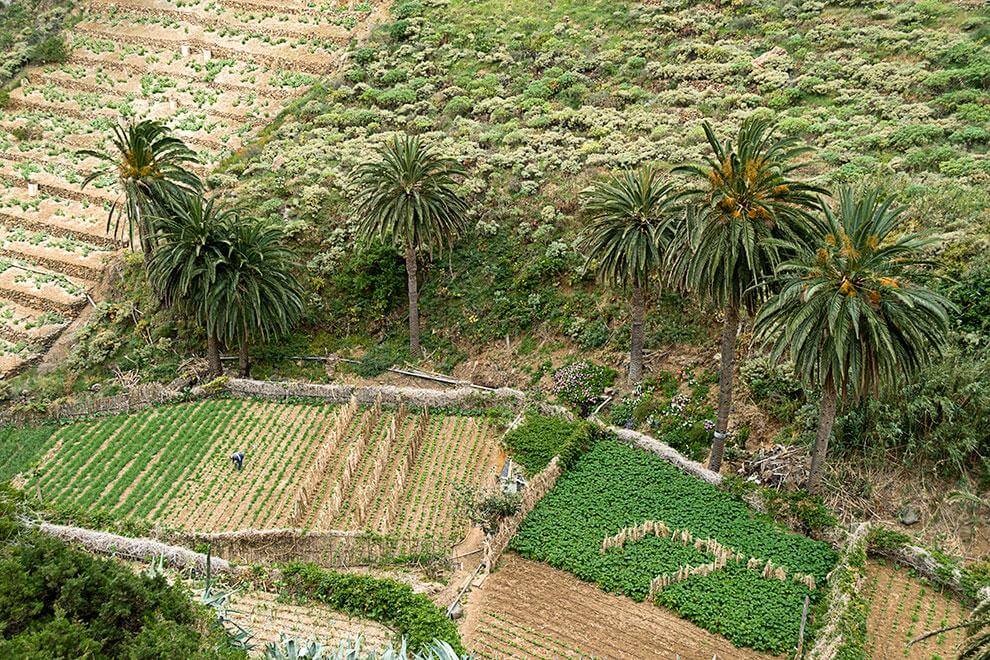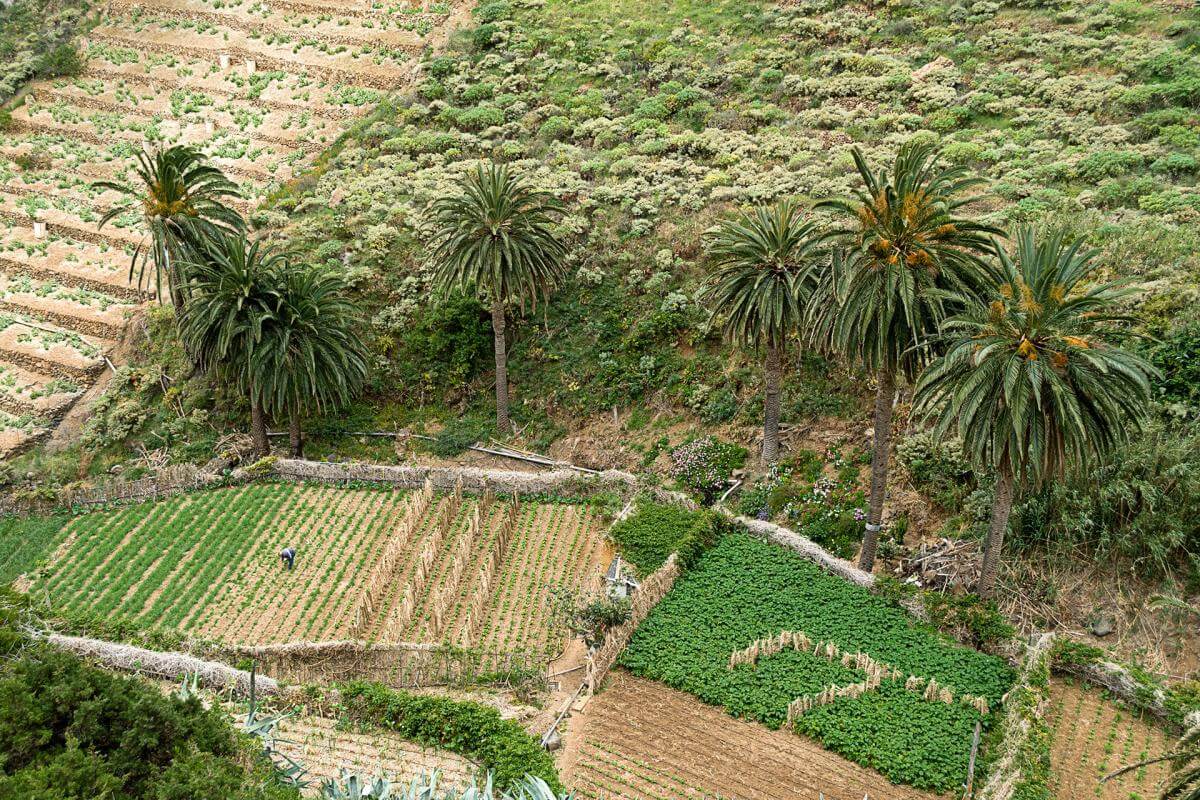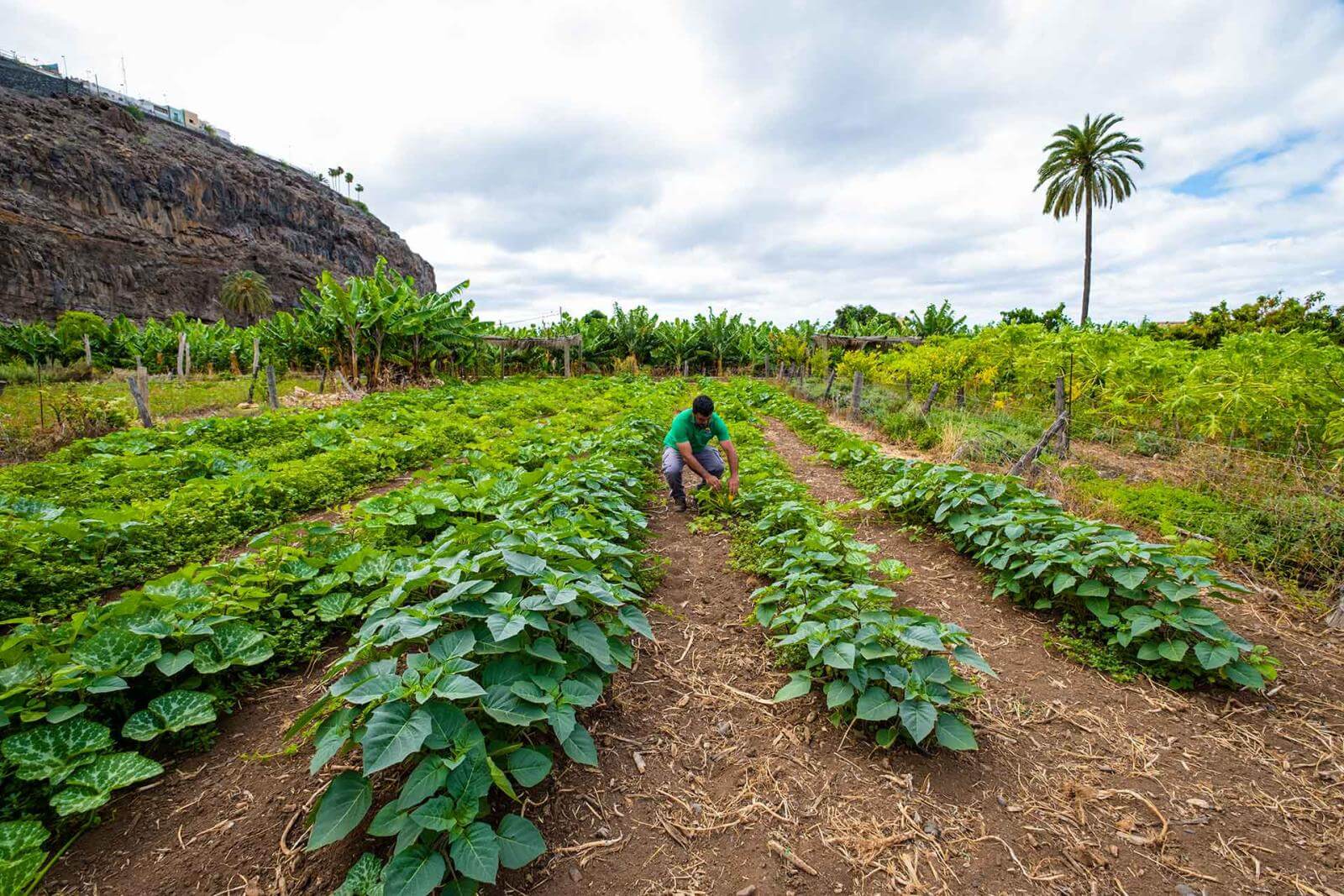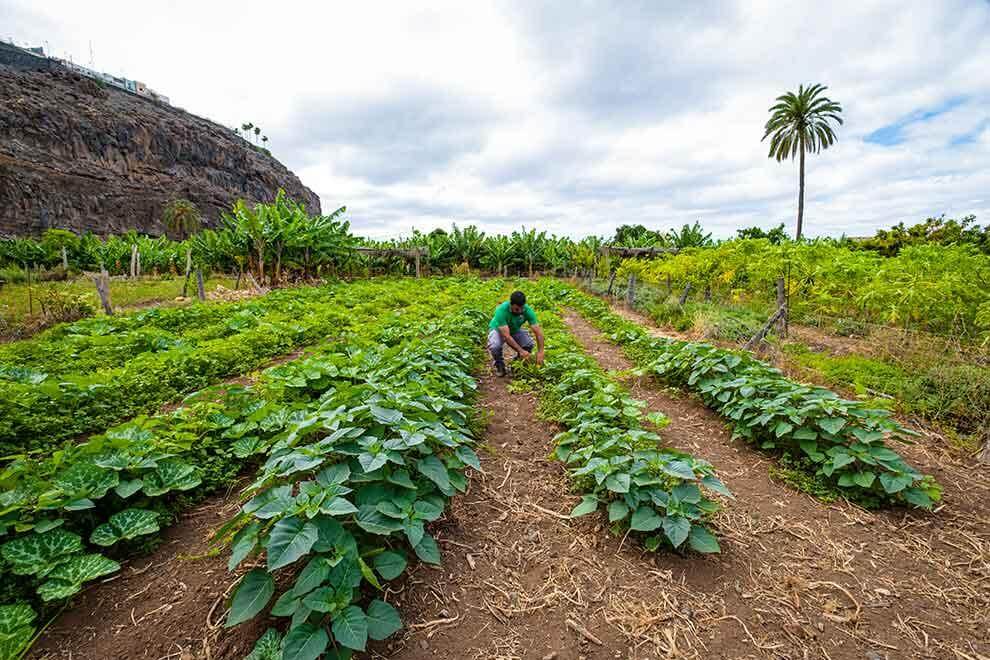Sustainability is central to everything that the Canary Islands does. La Gomera is an ecological model for the world. The island has just over 21,000 inhabitants, and it is blessed with a rich natural heritage.
La Gomera has been declared a Biosphere Reserve by UNESCO. The island is part of the European Charter for Sustainable Tourism in Protected Natural Areas (CETS), an initiative from the EUROPARC Federation that has the objective of promoting the development of sustainable tourism in the protected spaces of Europe. “This initiative has been in place in La Gomera for a decade. It is very interesting because it involves the administrations and the private sector working together for a sustainable tourism model on an island which is very well preserved and which attracts thousands of visitors each year,” says Jonay Izquierdo, a tourism technician and expert in agroecological local revitalization. Izquierdo is a native of La Gomera. Currently, he lives in Tenerife.

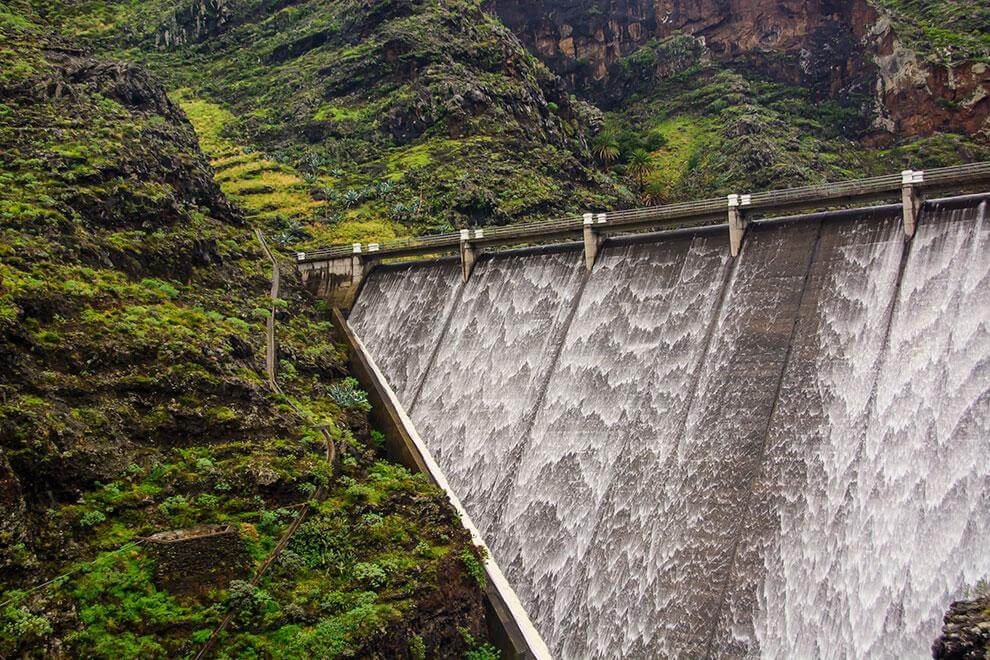
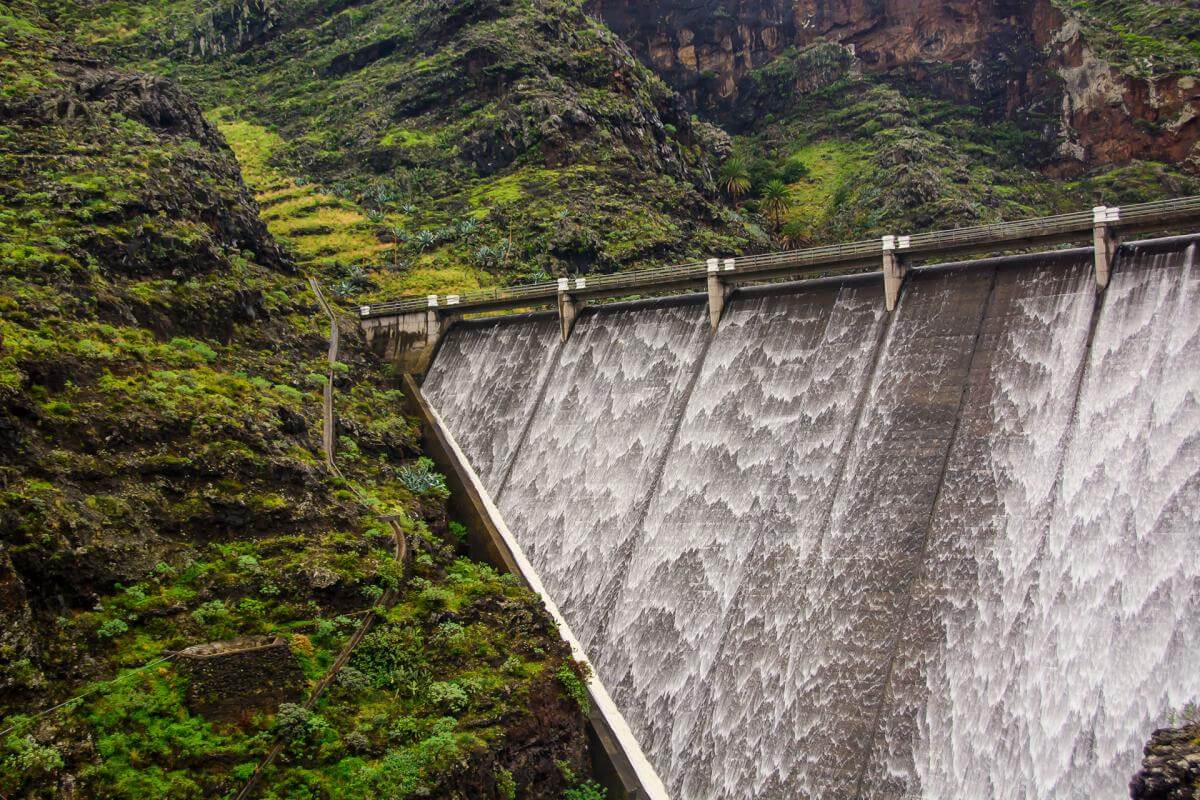
Izquierdo says that the European Charter for Sustainable Tourism affects sectors ranging “from transport to renewable energy, waste, the protection of biodiversity and, of course, agriculture.” Izquierdo continues: “[La Gomera is still not self-sufficient] because it is a mountainous island where for years mountain agriculture has been undertaken with little mechanisation capacity and low productivity.” Some sectors of agriculture in La Gomera are very innovative though. In the wine industry, for example, big changes have been happening. “In recent years various initiatives have promoted the cultivation of the [autochthonous Forastera] variety [of grape]. Each year there is a larger amount of land cultivated with a good presence of organic grapes,” says Izquierdo. Canarian wine is increasingly popular among residents and tourists, especially as a global trend continues towards consuming “kilometre zero” products, or products which are produced very close to where they will be consumed.



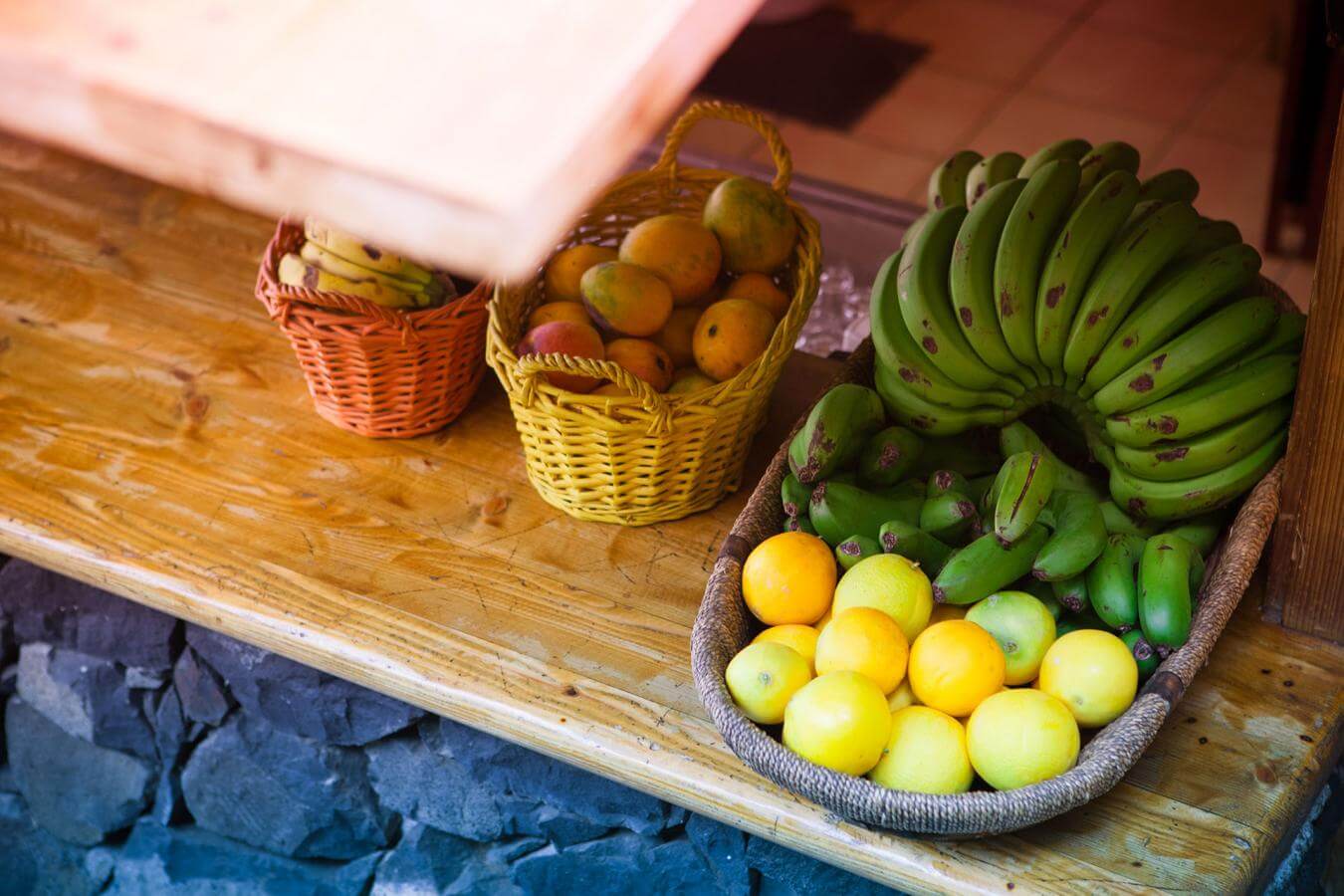
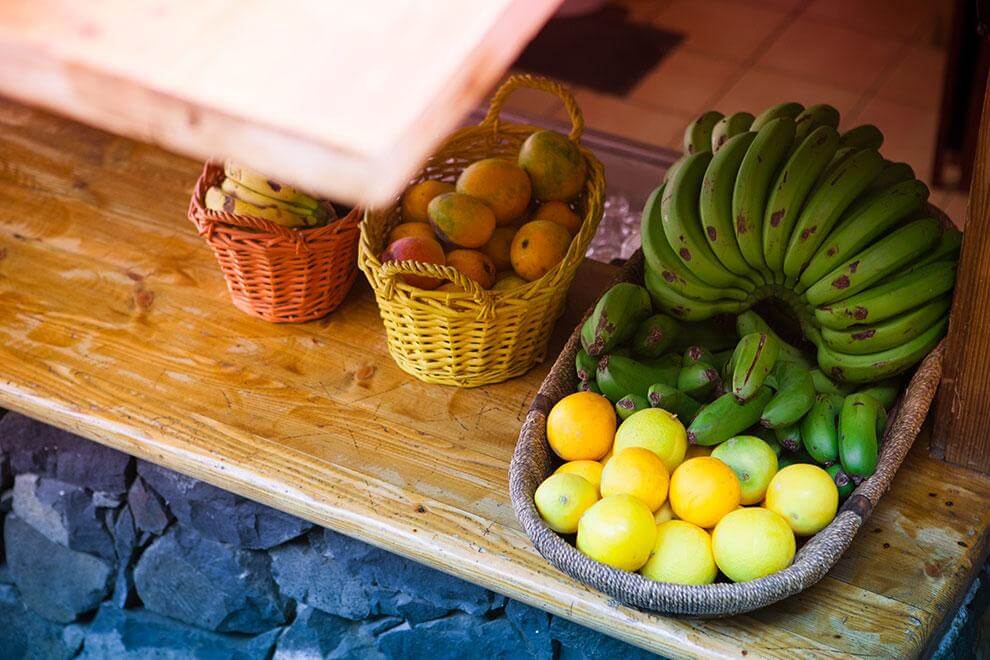
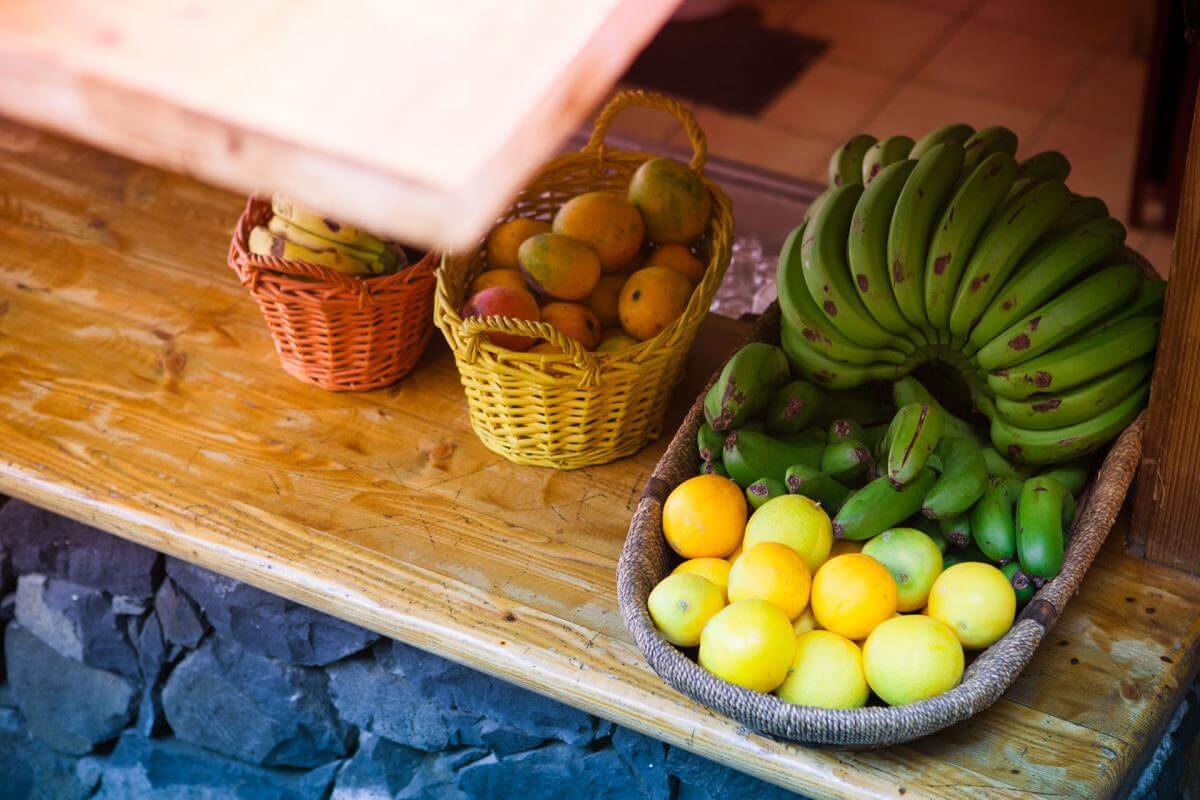
La Gomera also stands out for its commitment to permaculture. Permaculture is an agricultural, social, political, and economic design system based on the patterns and characteristics of the natural ecosystem.
La Gomera also stands out for its commitment to permaculture. Permaculture is an agricultural, social, political, and economic design system based on the patterns and characteristics of the natural ecosystem. People come from all over the world to visit the sustainable design models which are being used on the island. In La Gomera there are a range of sustainable accommodation options, some of which have orchards, or their own livestock or use renewable energy. La Gomera is a leader in ecological beekeeping. It is also renowned for its goat and sheep population which allow the island to produce the popular “Gomera cheese”.
Both the public and private sectors in La Gomera are committed to consolidate an agricultural and livestock model that is sustainable and respectful of the natural heritage of the island. La Gomera has beautiful landscapes and an excellent climate throughout the year.
In terms of the use of renewable energy, La Gomera has a 100 percent sustainability action plan which was signed by the Government of the Canary Islands, the Ministry of Economy, Knowledge, and Employment, the Island Council of La Gomera, and the Technological Institute of the Canary Islands (ITC). The action plan involves the launch of seven unique and innovative projects which promote energy self-consumption, the smart use of solar energy, and micro grid energy storage.
Both the public and private sectors in La Gomera are committed to consolidate an agricultural and livestock model that is sustainable and respectful of the natural heritage of the island. La Gomera has beautiful landscapes and an excellent climate throughout the year.
